
Mapas Conceptuales - AI-powered conceptual mapping tool

Hello
Streamline Your Ideas with AI-Powered Maps
Get Embed Code
Introduction to Concept Maps
Concept maps are a visual tool designed to help organize and represent knowledge. They typically consist of concepts, enclosed in circles or boxes, and relationships between them, depicted by lines or arrows connecting the concepts. The basic function of concept maps is to visually structure information, showing how different ideas are connected, which aids in understanding complex topics. Concept maps are often used in educational settings to help students understand relationships between topics and in professional environments to map processes or project plans. For example, a biology teacher might create a concept map to illustrate the relationships between various ecosystems, demonstrating how they are interdependent. Powered by ChatGPT-4o。

Main Functions of Concept Maps
Visual Representation of Knowledge
Example
In educational settings, students create concept maps to illustrate the relationships between historical events, helping them understand cause and effect in history lessons.
Scenario
A history teacher uses a concept map to show the connections between major world events leading up to World War II, allowing students to see how political alliances and conflicts contributed to the outbreak of the war.
Organizing Complex Information
Example
A project manager uses a concept map to organize various tasks, resources, and team members in a large-scale software development project.
Scenario
The concept map allows the team to visualize dependencies between tasks, ensuring that milestones are met on time and that resource allocation is clear.
Facilitating Brainstorming and Creativity
Example
Marketing teams use concept maps to brainstorm campaign ideas, identifying potential target audiences, marketing channels, and promotional strategies.
Scenario
During a brainstorming session, a concept map is created to explore different customer personas and the best ways to reach each persona through various digital platforms, enabling a comprehensive campaign strategy.
Learning and Teaching Aid
Example
Students create concept maps to summarize chapters of textbooks, reinforcing their understanding and retention of the material.
Scenario
A student in a biology class creates a concept map to connect different biological processes, such as photosynthesis and cellular respiration, visualizing how energy is transformed and used in organisms.
Ideal Users of Concept Maps
Students and Educators
Students use concept maps as a study tool to organize and synthesize information, while educators use them to teach complex subjects in a more digestible format. Both groups benefit from the clear visualization of relationships between ideas, which aids in comprehension and retention.
Project Managers
Project managers can use concept maps to plan and track the progress of complex projects. By visualizing tasks, timelines, and dependencies, they can ensure that all aspects of a project are aligned and that team members are clear on their roles and responsibilities.
Business Strategists
Business strategists use concept maps to outline strategic goals, analyze competitive landscapes, and brainstorm potential market opportunities. The visual nature of concept maps helps in identifying key drivers and roadblocks in strategy development.
Researchers
Researchers use concept maps to organize literature reviews, identify gaps in research, and visualize relationships between different studies or concepts. This helps them synthesize large amounts of information and develop new research questions.

Steps to Use Mapas Conceptuales
Visit yeschat.ai for a free trial without login, also no need for ChatGPT Plus.
Access the platform directly from your browser, no special accounts or subscriptions are required to start using the tool.
Choose the type of diagram.
Select between a conceptual map or a flowchart using either Markmap or Mermaid code based on your specific needs.
Familiarize yourself with the syntax.
Understand the basic syntax for creating diagrams in Markmap and Mermaid, especially if you want to customize your visualizations.
Input your data.
Begin by inputting the relevant topics and subtopics, and the tool will help you generate a structured conceptual map or flowchart.
Review and export.
Once your map is complete, review it for accuracy and completeness, then export or integrate it into your documents or presentations.
Try other advanced and practical GPTs
Book Generator v3
AI-Powered Book Creation Made Simple

Motivational Sherpa
Your Daily Dose of Motivation
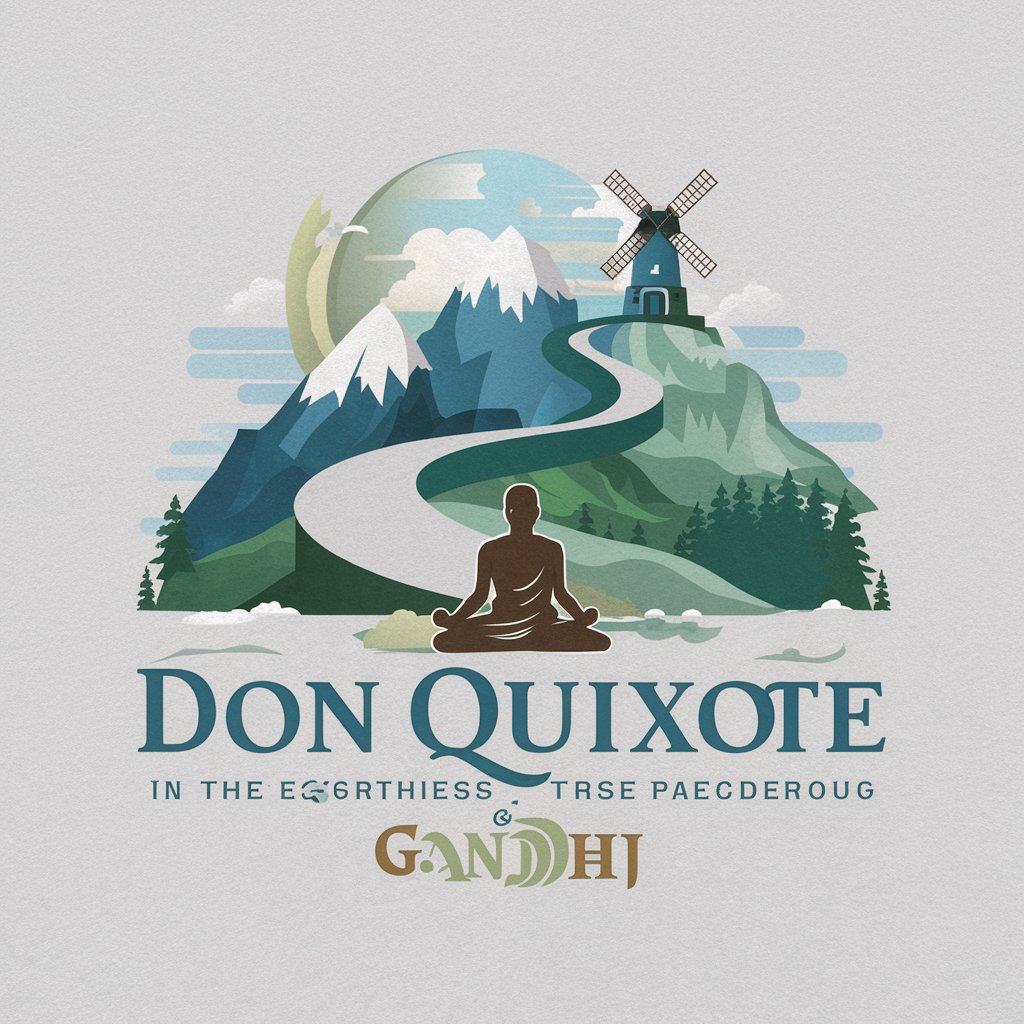
Rental Finder
Find your next rental, powered by AI

DR-00 The Reforged
Empower creativity with AI-driven magic and strategy.
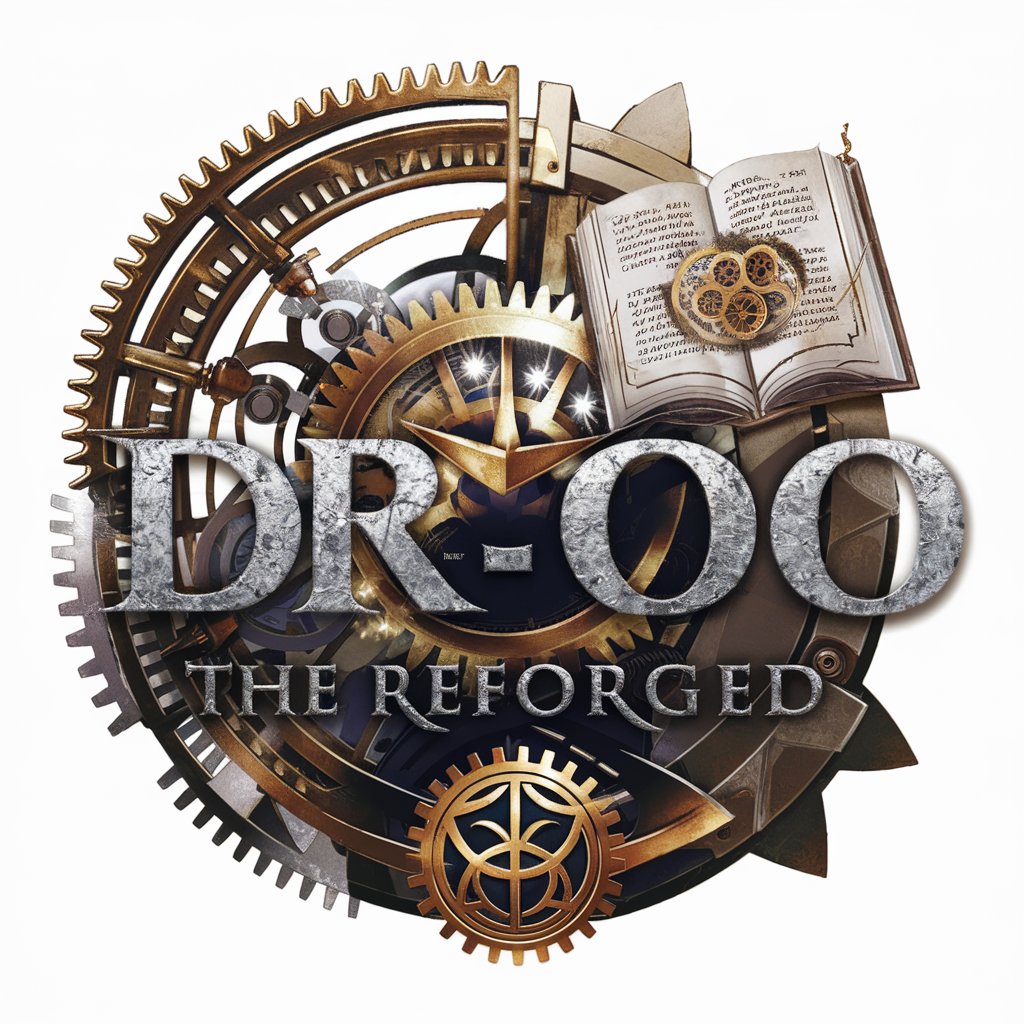
Wiseful Talent Scout
Elevating Talent Acquisition with AI
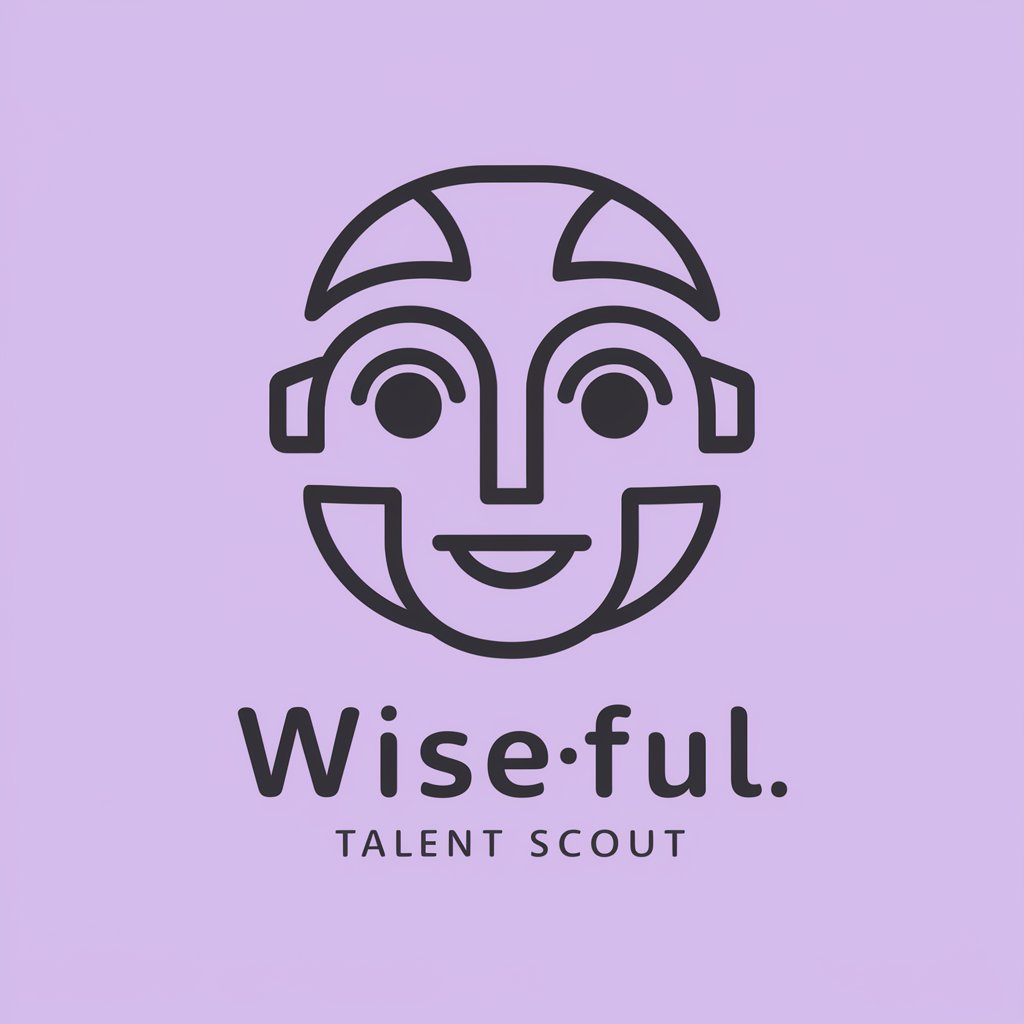
Recovery and Rescue Plan
AI-Driven Rescue and Safety Solutions
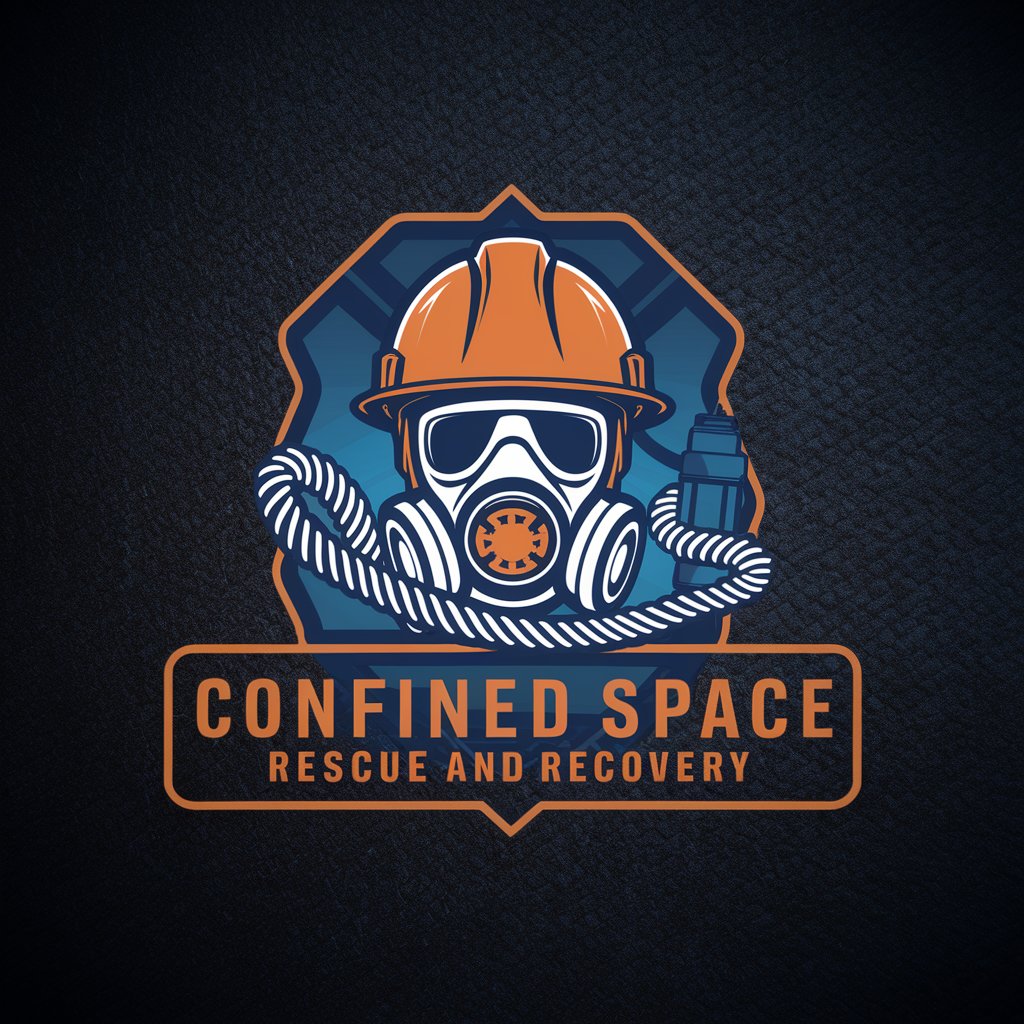
TukTuk
Empowering conversations with AI.

Event Recap Expert
AI-Powered Clarity for Your Events

Talk Diary
Your AI-powered reflective companion.

Ask National Football League
Your AI-powered NFL Expert
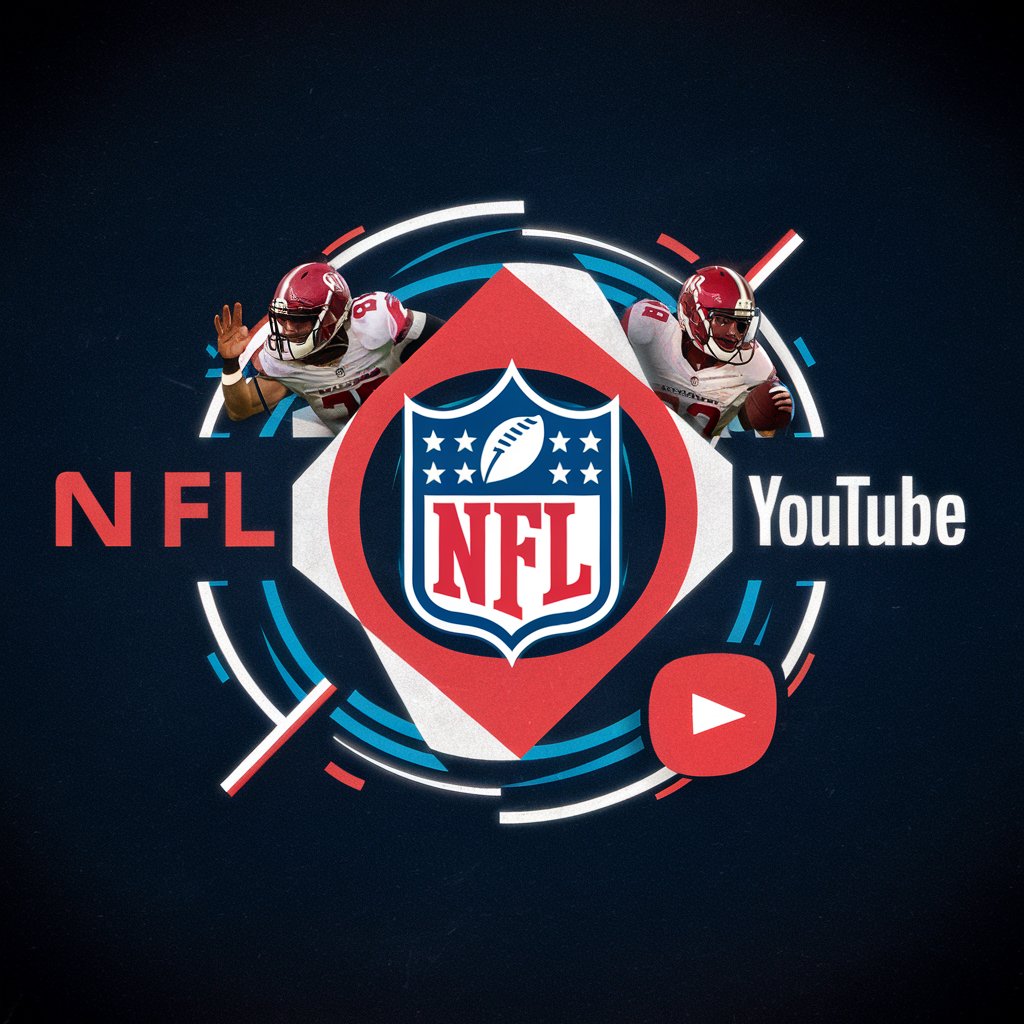
Viral video script maker (for news recaps)
Crafting News into Viral Stories

Index Card Intellect
Empower Your Intellect with AI-Powered Summaries
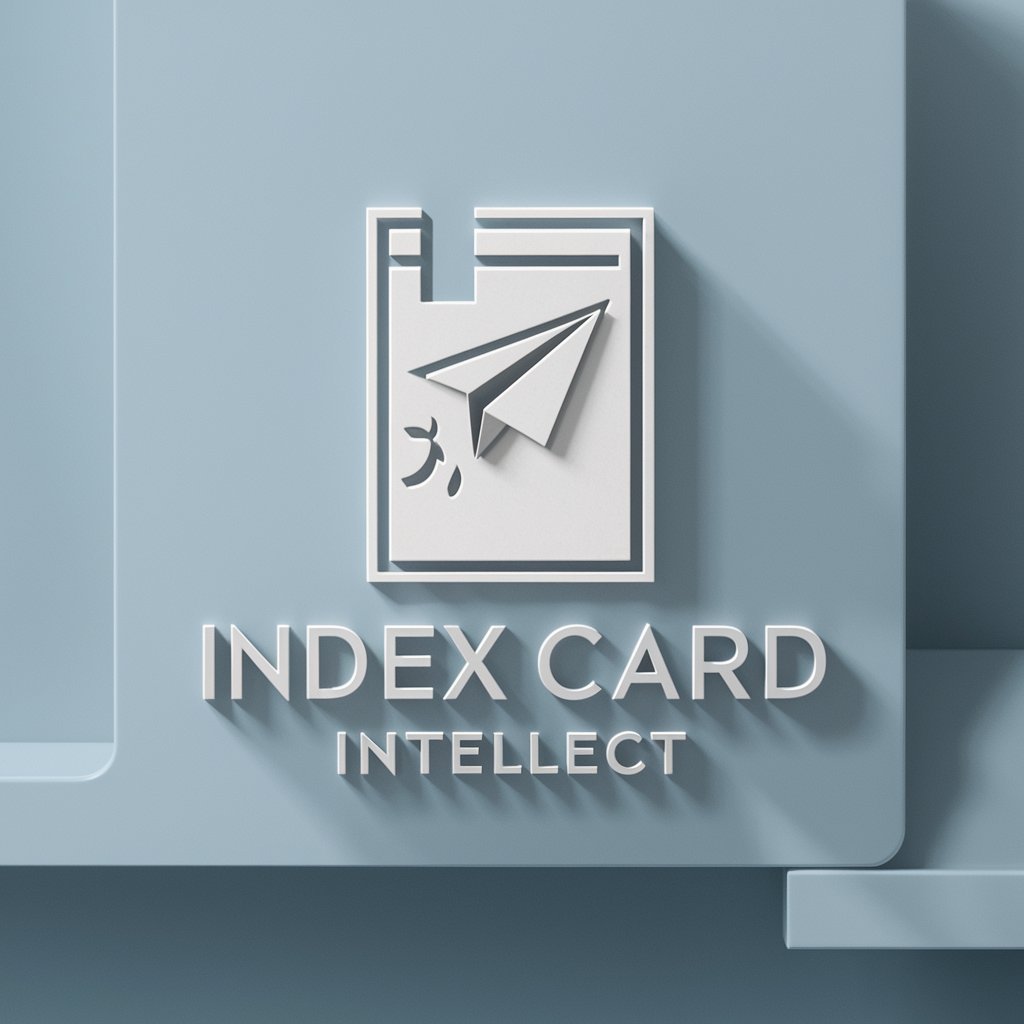
Frequently Asked Questions about Mapas Conceptuales
What is Mapas Conceptuales used for?
Mapas Conceptuales is designed to create structured diagrams, such as conceptual maps and flowcharts, which help in organizing information visually. It's ideal for educational, business, and personal use to simplify complex topics.
Do I need to know coding to use Mapas Conceptuales?
Basic understanding of Markmap and Mermaid syntax is helpful but not mandatory. The tool provides easy-to-use templates that can be customized with minimal coding knowledge.
Can I use Mapas Conceptuales for team projects?
Yes, it is excellent for collaborative work. Teams can share diagrams to streamline communication, improve project documentation, and ensure everyone is on the same page.
How does Mapas Conceptuales improve productivity?
By converting complex information into clear, visual representations, it enhances understanding and retention, allowing users to focus on problem-solving rather than getting lost in details.
What are the export options for diagrams?
Diagrams can be exported as SVG, PNG, or embedded directly into web pages or documents. This makes it easy to integrate into various workflows and platforms.